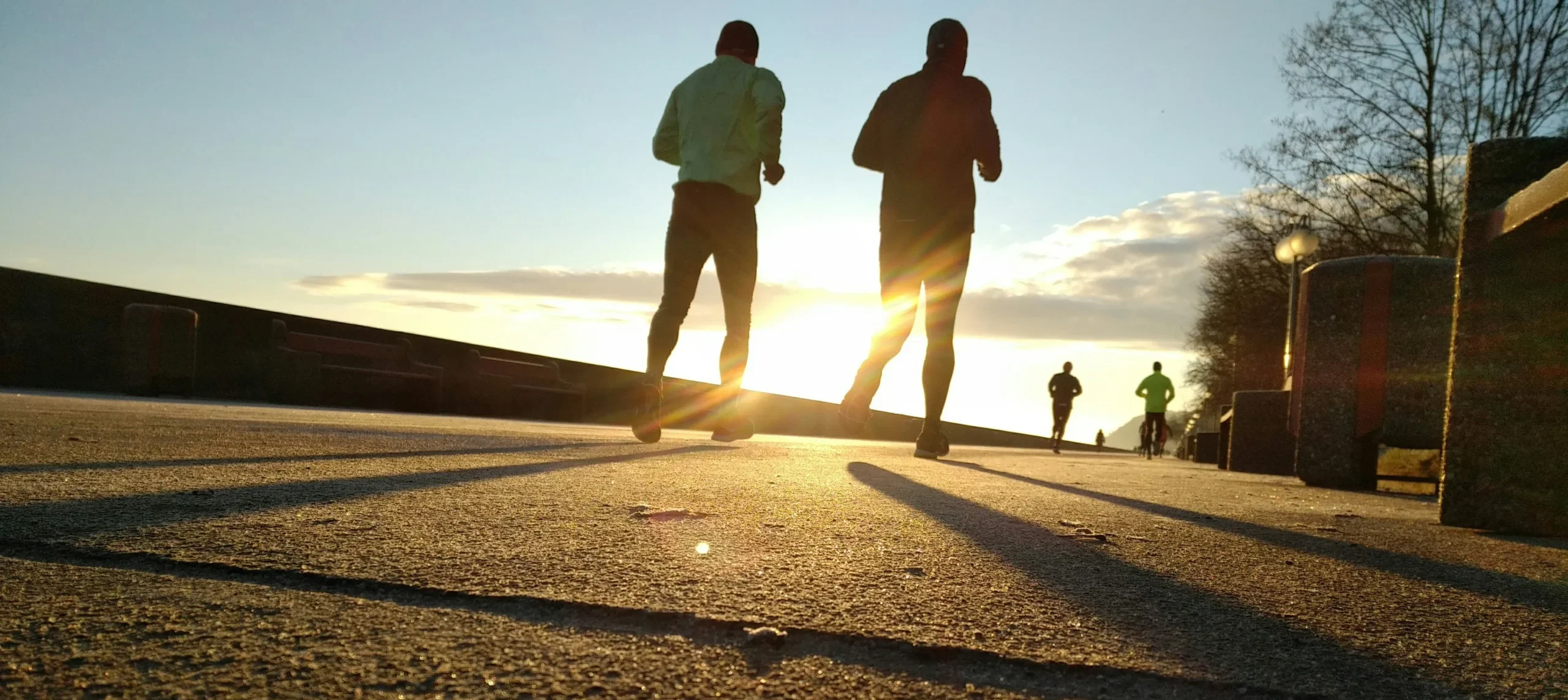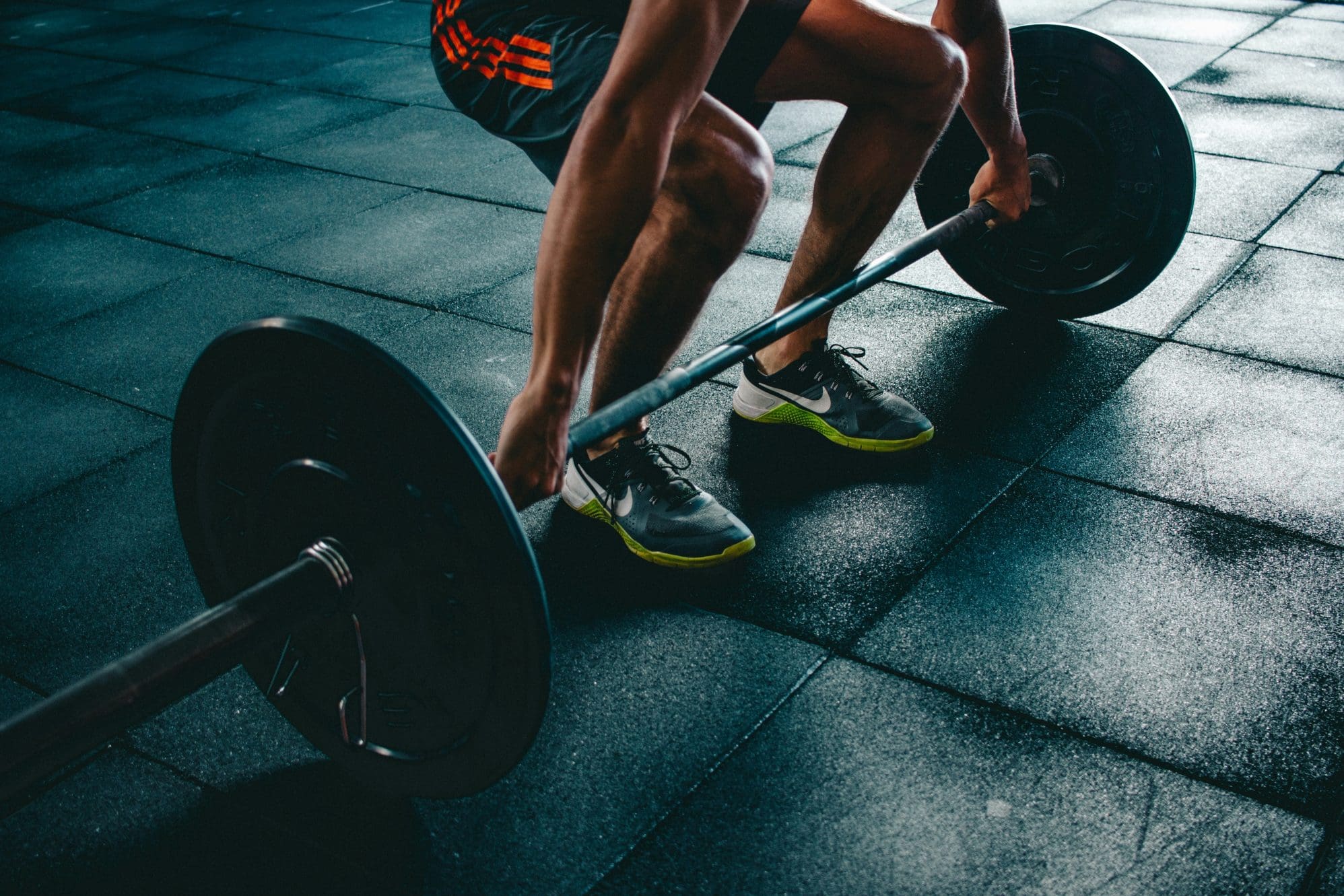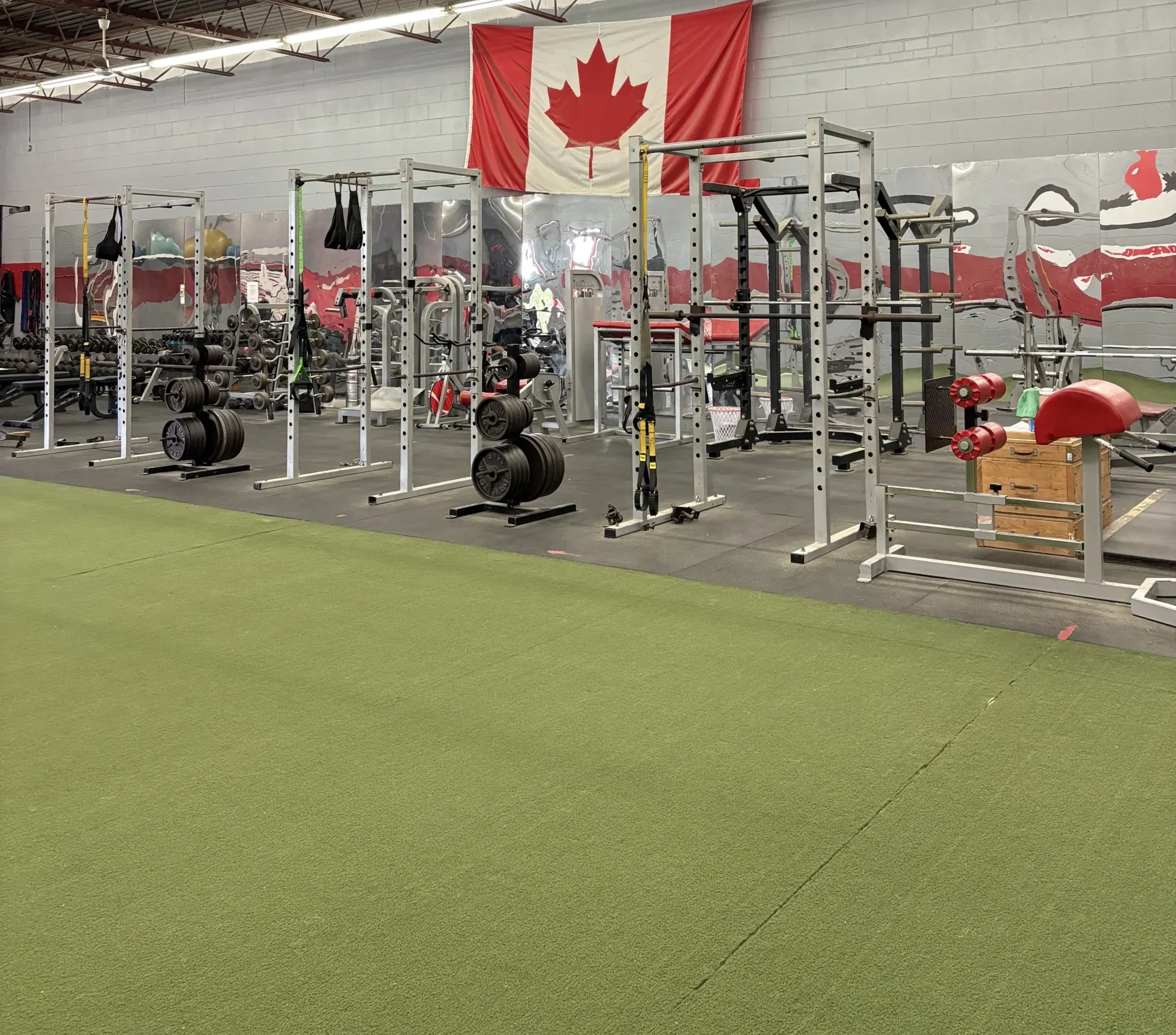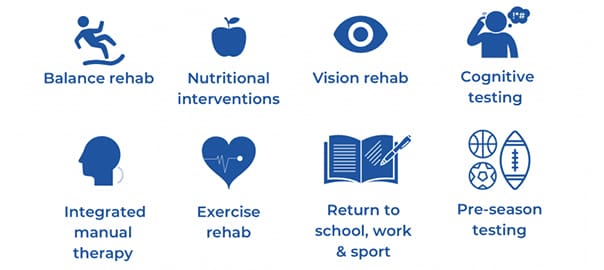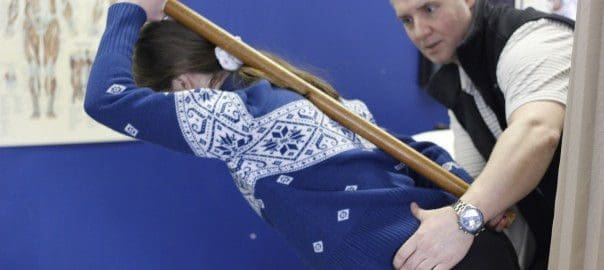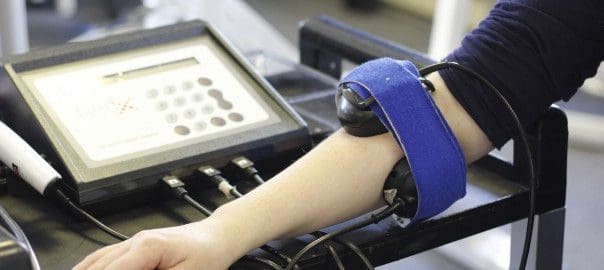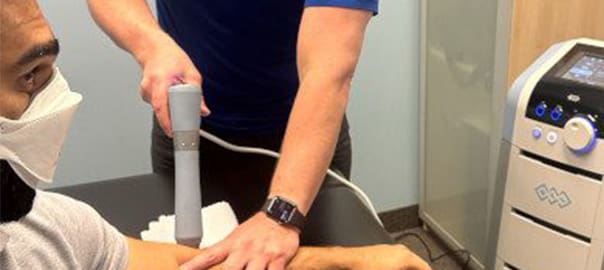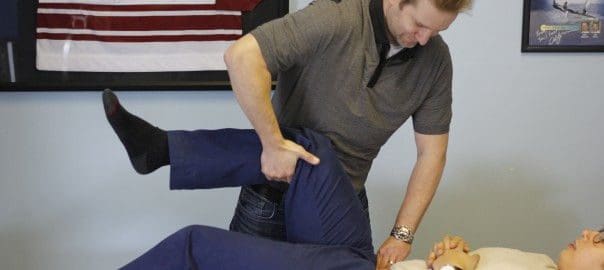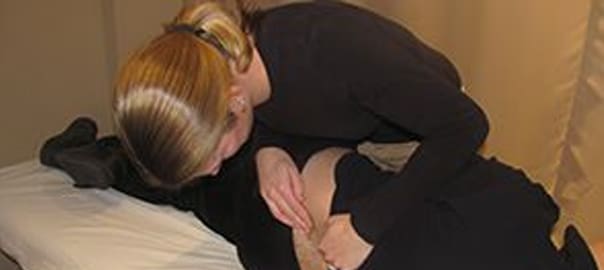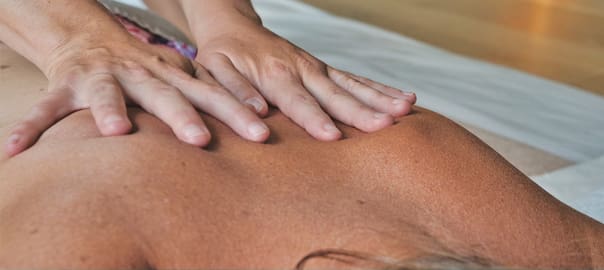Summary:
Regular exercise can be a powerful and natural way to prevent and manage migraines, offering benefits that go beyond pain relief. By boosting endorphins, improving blood circulation, reducing stress, and enhancing sleep quality, physical activity helps regulate many of the factors that trigger migraines. From low-impact options like walking, yoga, and swimming to structured routines guided by a physiotherapist, the right exercises can significantly decrease migraine frequency and severity. Combined with other treatments like physiotherapy, acupuncture, and lifestyle changes, exercise provides a holistic, long-term solution for migraine sufferers.
At Sheddon Physiotherapy and Sports Clinic in Oakville and Burlington, our team can design personalised exercise and treatment plans to help you regain control, reduce migraine episodes, and improve your quality of life.
Index of Sections
How Exercise Affects the Brain and Migraine Triggers
Best Types of Exercise for Migraine Prevention
Tips for Exercising Safely With Migraines
Combining Exercise With Other Migraine Management Strategies

How Exercise Affects the Brain and Migraine Triggers
One of the reasons exercise can be so effective for migraine prevention is because of the way it influences the brain and body. When you exercise regularly, your body releases endorphins, natural painkillers that improve your mood and reduce pain sensitivity. These “feel-good” chemicals can help regulate the nervous system and reduce the likelihood of migraine flare-ups.
Exercise also improves blood circulation, which ensures that oxygen and nutrients are delivered more efficiently to the brain. Better circulation can stabilise blood vessel activity, one of the underlying factors linked to migraine onset.
Another key benefit is how exercise helps manage common migraine triggers like stress, poor sleep, and hormonal fluctuations. Activities such as brisk walking, swimming, or yoga can reduce stress and promote better-quality sleep, both of which are known to significantly decrease migraine frequency.
For migraine sufferers in Oakville and Burlington, working with a physiotherapist to create an exercise routine tailored to your body’s needs can make all the difference. A structured plan can gradually build your tolerance to physical activity while helping to control the underlying causes of migraine episodes.
Best Types of Exercise for Migraine Prevention
 Not all workouts are created equal when it comes to preventing migraines. Aerobic exercises such as walking, cycling, and swimming are excellent starting points. They improve cardiovascular health, increase oxygen supply to the brain, and help stabilise blood vessel function.
Not all workouts are created equal when it comes to preventing migraines. Aerobic exercises such as walking, cycling, and swimming are excellent starting points. They improve cardiovascular health, increase oxygen supply to the brain, and help stabilise blood vessel function.
Low-impact activities like yoga, Pilates, or tai chi are also highly beneficial. These exercises not only strengthen muscles and improve posture but also promote relaxation and stress reduction — two crucial components of migraine management.
Residents in Oakville and Burlington can also benefit from outdoor activities that combine movement with exposure to fresh air, such as brisk walking along trails or cycling by the waterfront. Outdoor exercise supports mental well-being while contributing to migraine prevention.
Tips for Exercising Safely With Migraines
 If you live with migraines, starting an exercise routine can feel intimidating — but with the right approach, it’s both safe and effective. The key is to start slowly and build intensity gradually. Overexertion can sometimes trigger headaches, especially if your body isn’t used to regular activity. Begin with short, low-impact sessions and gradually increase the duration and intensity as your fitness improves.
If you live with migraines, starting an exercise routine can feel intimidating — but with the right approach, it’s both safe and effective. The key is to start slowly and build intensity gradually. Overexertion can sometimes trigger headaches, especially if your body isn’t used to regular activity. Begin with short, low-impact sessions and gradually increase the duration and intensity as your fitness improves.
Staying hydrated is also essential. Dehydration is a known migraine trigger, so make sure to drink plenty of water before, during, and after workouts. Also, eating a light, balanced meal beforehand can help stabilise blood sugar levels and reduce the chance of post-exercise headaches.
Pay attention to warning signs — if you feel a migraine coming on during exercise, slow down or stop altogether. It’s better to ease off and consult a physiotherapist about adjusting your routine than to push through and risk worsening your symptoms.
Combining Exercise With Other Migraine Management Strategies
Exercise is a powerful tool, but it works best when combined with other migraine management strategies. Many patients benefit from pairing regular physical activity with treatments such as physiotherapy, manual therapy, or acupuncture — all of which can help address underlying muscular and neurological imbalances that contribute to migraine pain. Strengthening the neck and upper back muscles, for example, can reduce tension and improve posture, both of which have a direct impact on headache frequency.
Lifestyle factors also play an important role. Prioritising good sleep hygiene, maintaining a balanced diet, managing stress, and staying consistent with hydration all complement the positive effects of exercise. Together, these habits create a stronger foundation for long-term migraine prevention.
At Sheddon Physiotherapya and Sports Clinic in Oakville and Burlington, our team often develops comprehensive treatment plans that integrate exercise with other therapeutic approaches. If you suffer from migraines or know someone who suffers from frequent migraines, contact Sheddon Physiotherapy and Sports Clinic in Oakville or Burlington at 905-849-4576.
We are located less than 10 min from Sheridan College Oakville and 4 min East from Oakville & Milton Humane Society.
The Burlington physio clinic is located only 2 min south of IKEA Burlington and 6 min north of Burlington Golf & Country Club, on Plains Rd East.



